Renewable Complex Actions (Santa Luzia and Chafariz)
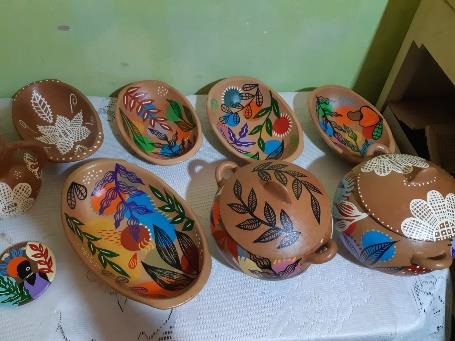
With a focus on bringing communities closer to the Caatinga biome and archaeological heritage, as well as expanding the region's economic development, the company carries out social and environmental actions throughout the implementation of the project, which allows new opportunities for neighboring residents.
Learn a little more about the activities carried out and their results.
One of the first initiatives of this action in the municipality of Santa Luzia was the formation and castration of the Municipal Environmental Education Committee on the National “Monitor” Platform, making it the only municipality in the State to comprise the Platform. Since then, the Committee has been developing participatory and inclusive methodologies with the school community, with full access to in-depth social and environmental issues and within their local reality, raising awareness of the conservation of the biodiversity of the Caatinga Biome.
In line with the sustainability commitments of Neoenergia and the Iberdrola Group, the project is committed to the following UN Sustainable Development Goals (SDGs): 3-Health and well-being; 4-Quality Education; 11-Sustainable Cities and Communities; 16-Peace, Justice and Effective Institutions and 17-Partnerships for


Evidencing the interdependence between all living beings, the project enabled contact with seeds, wood, and species of fauna rescued without life, from the areas where the project was implemented. These animals were properly treated and kept wet in glass containers, which allowed the students to interact. The exhibition circulated all schools in the municipality, so that more than 900 participants were included, including collaborators of the works.
In line with the sustainability commitments of Neoenergia and the Iberdrola Group, the project is committed to the following UN Sustainable Development Goals (SDGs): 3-Health and well-being; 4-Quality Education; 11-Sustainable Cities and Communities; 16-Peace, Justice and Effective Institutions and 17-Partnerships for the Goals.
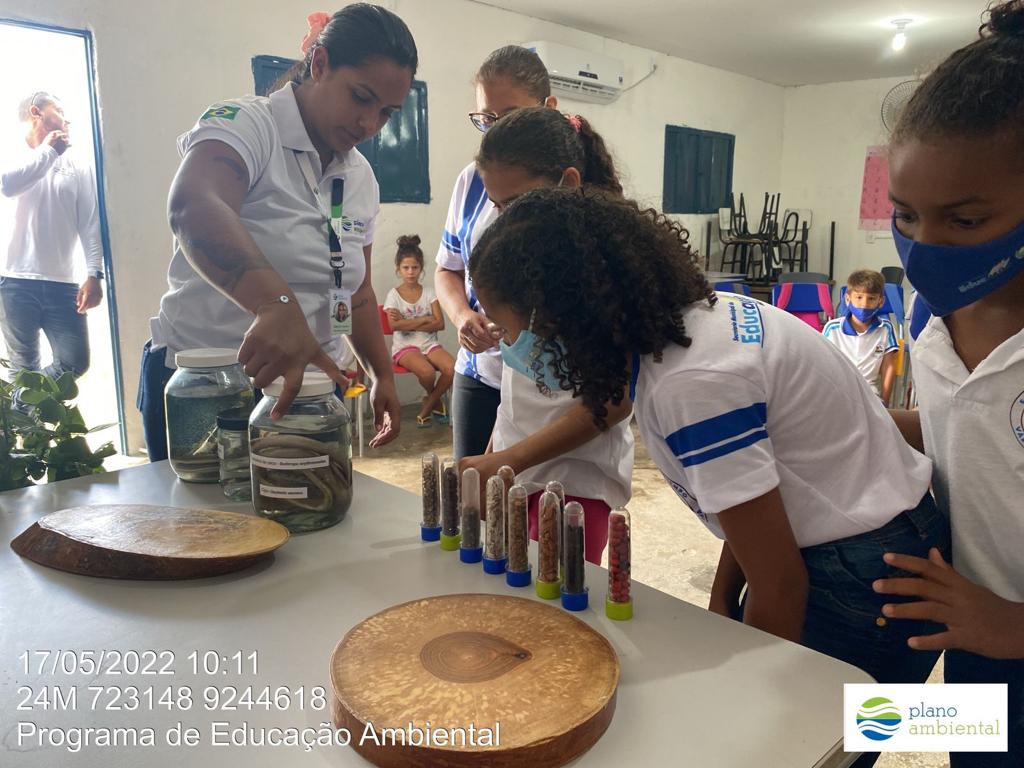
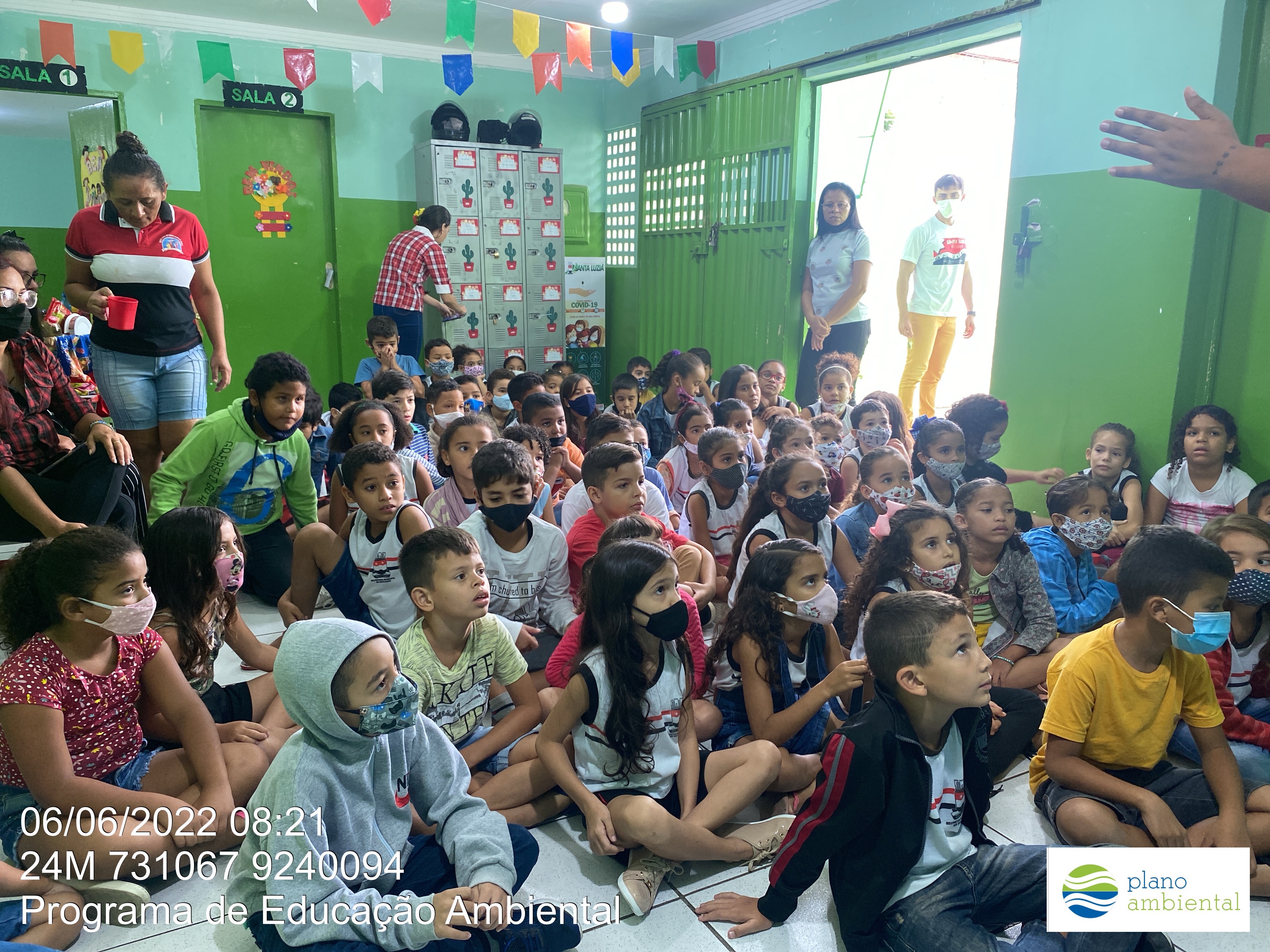
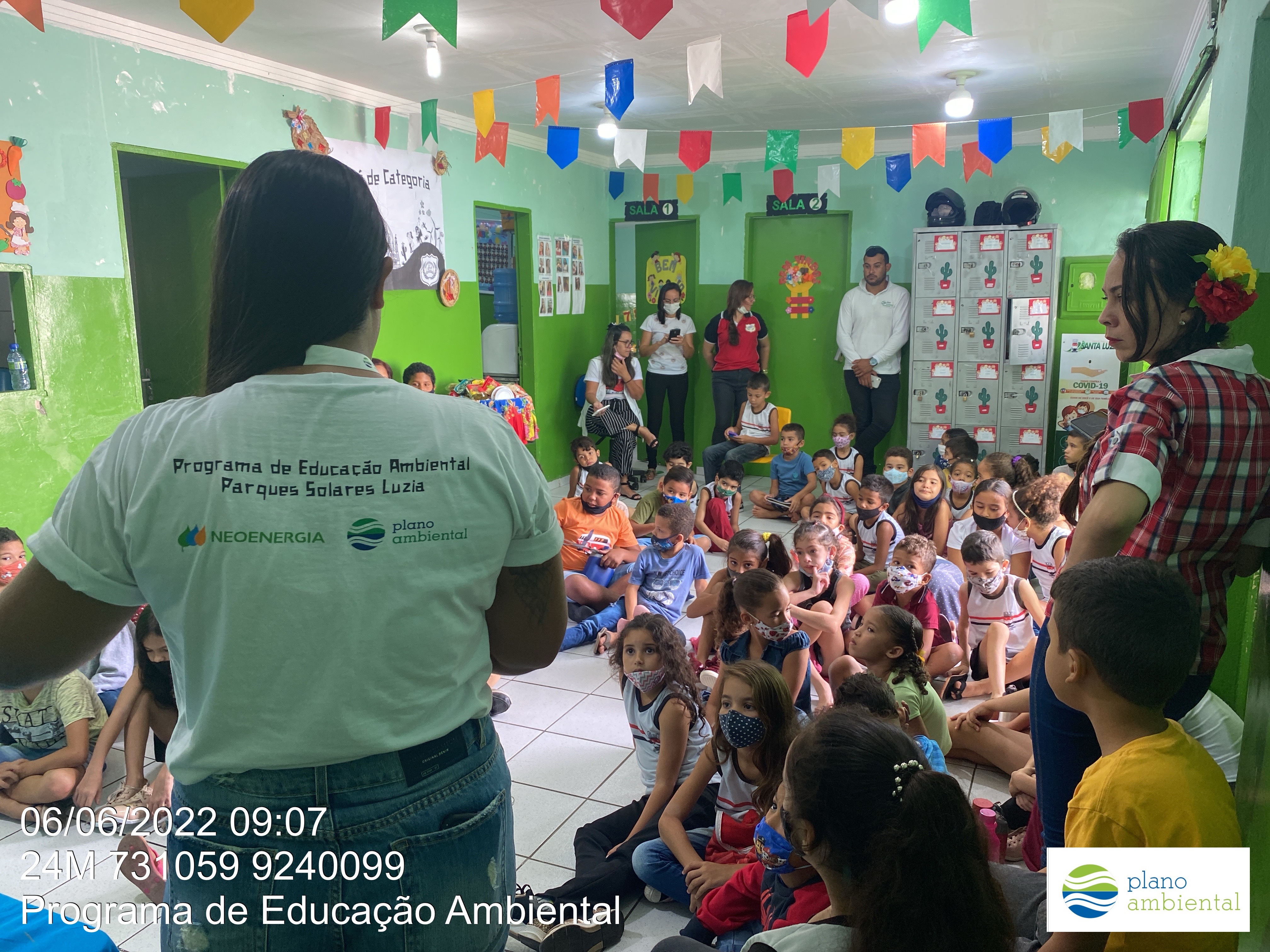
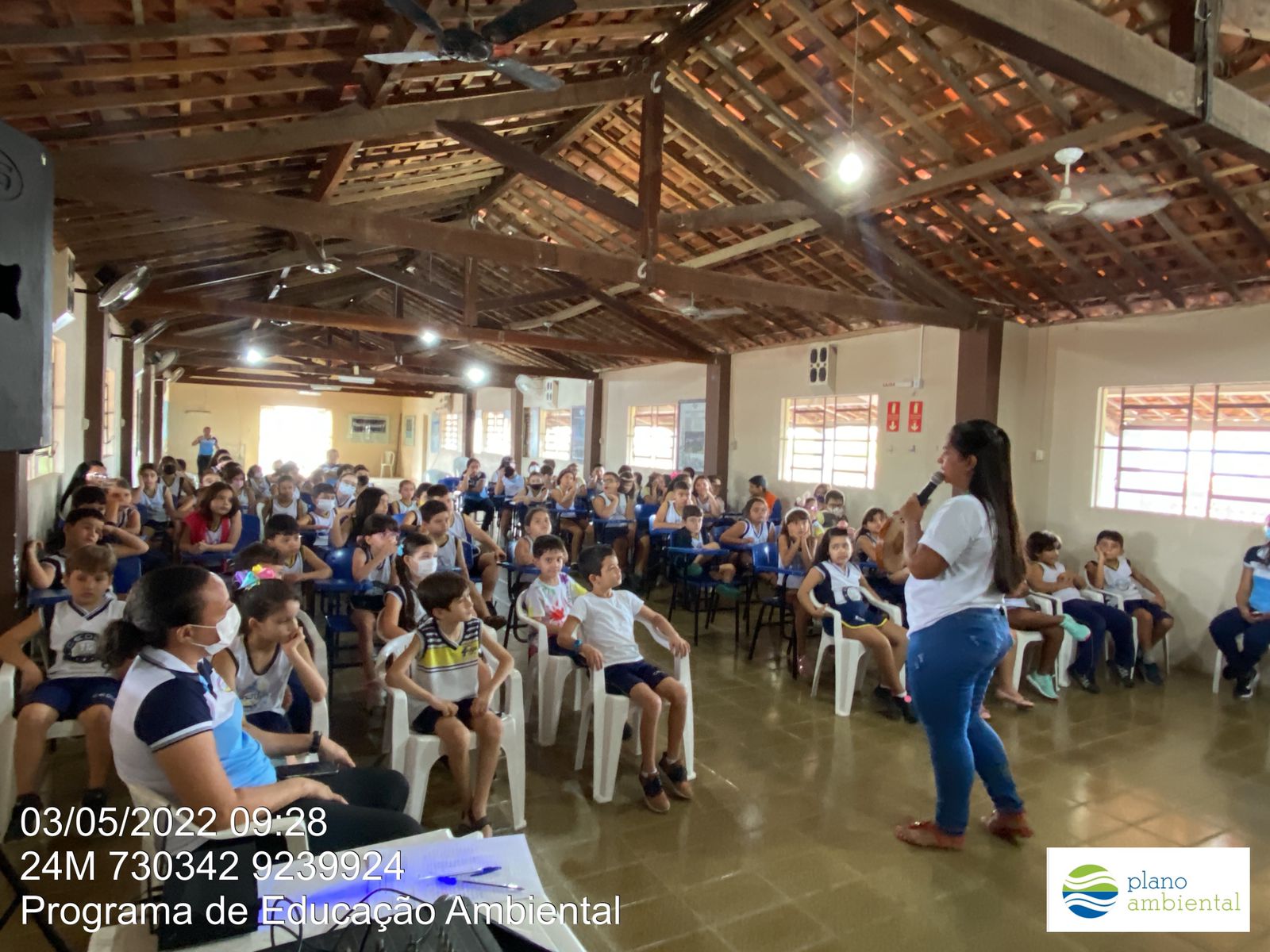
Through a MAGNA-workshop class with participants about the correct procedures for the disposal of electrical and electronic waste and the importance of the population's co-participation in this action for the protection of natural assets.
With every municipality engaged, gymkhanas were held at schools with the distribution of EcoBags, the local community with Fixed Collectors, such as gas stations and supermarkets, in addition to the participation of our project collaborators. Over three months, in a collective engagement, about 2,206 kg of electronic waste were collected, thus avoiding the emission of approximately 12,778.07 tCO2/year. To celebrate the initiative, the winning school received a donation of notebooks in order to encourage the continuity of the project and enrich the resources of the school network.
In line with the sustainability commitments of Neoenergia and the Iberdrola Group, the project is committed to the following UN Sustainable Development Goals (SDGs): 3-Health and well-being; 4-Quality Education; 11-Sustainable Cities and Communities; 16-Peace, Justice and Effective Institutions and 17-Partnerships for the Goals.

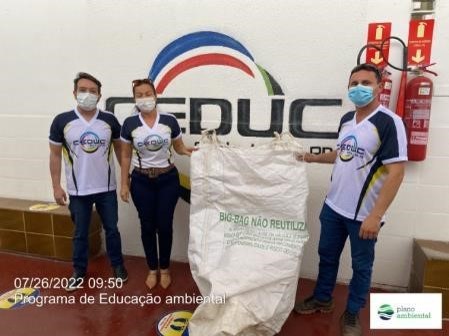
During the implementation of the Luzia Photovoltaic Power Plant, 100,000 seedlings were produced, half of which were used for forest restoration in the project areas and, the rest, in social and environmental actions with the community. Among the activities were the donation of seedlings and environmental awareness raising in the Blitz Verde community, the planting of native seedlings in the city's flowerbeds and landscapes, and the support for the recovery of the Chafariz Wind Park areas.
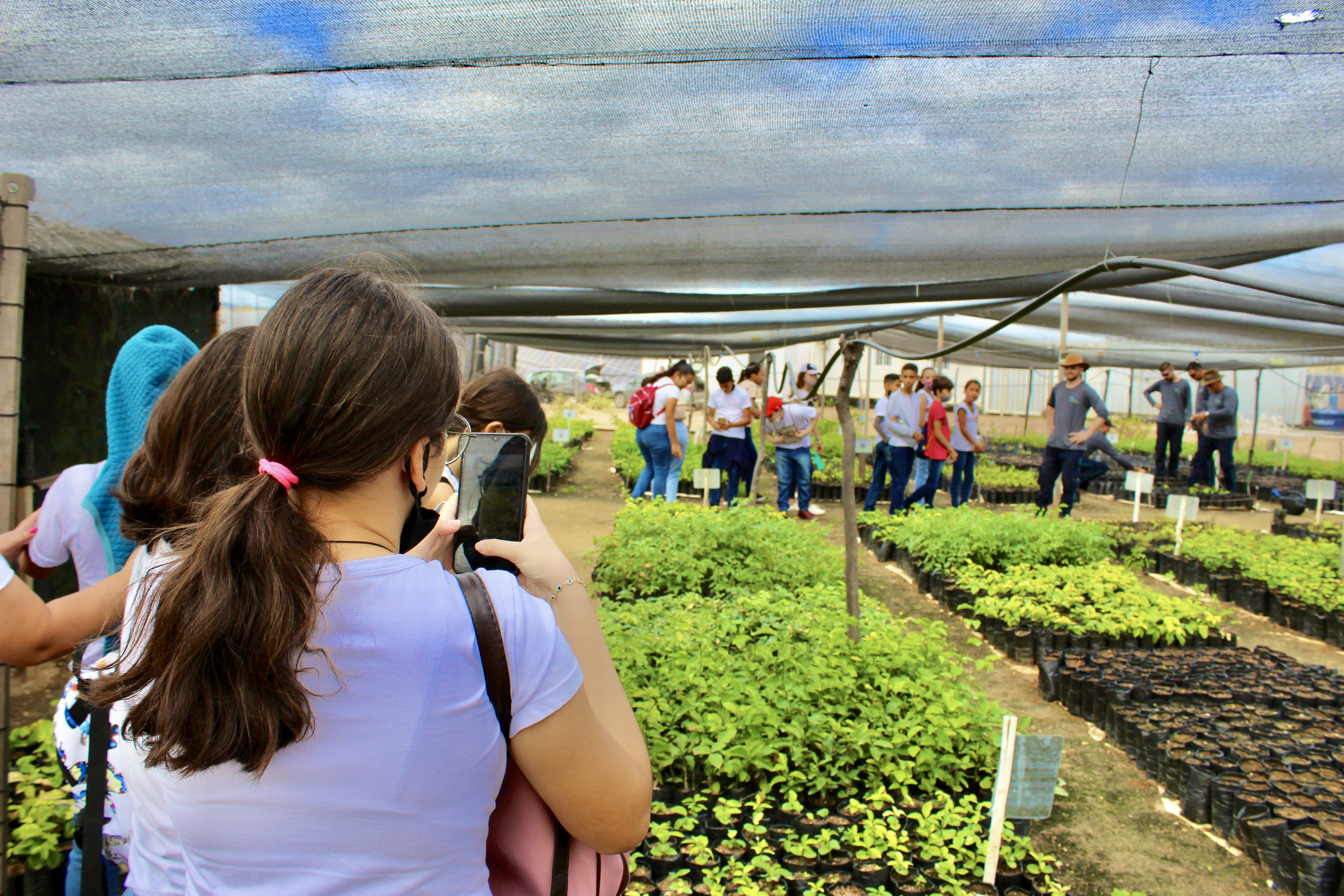
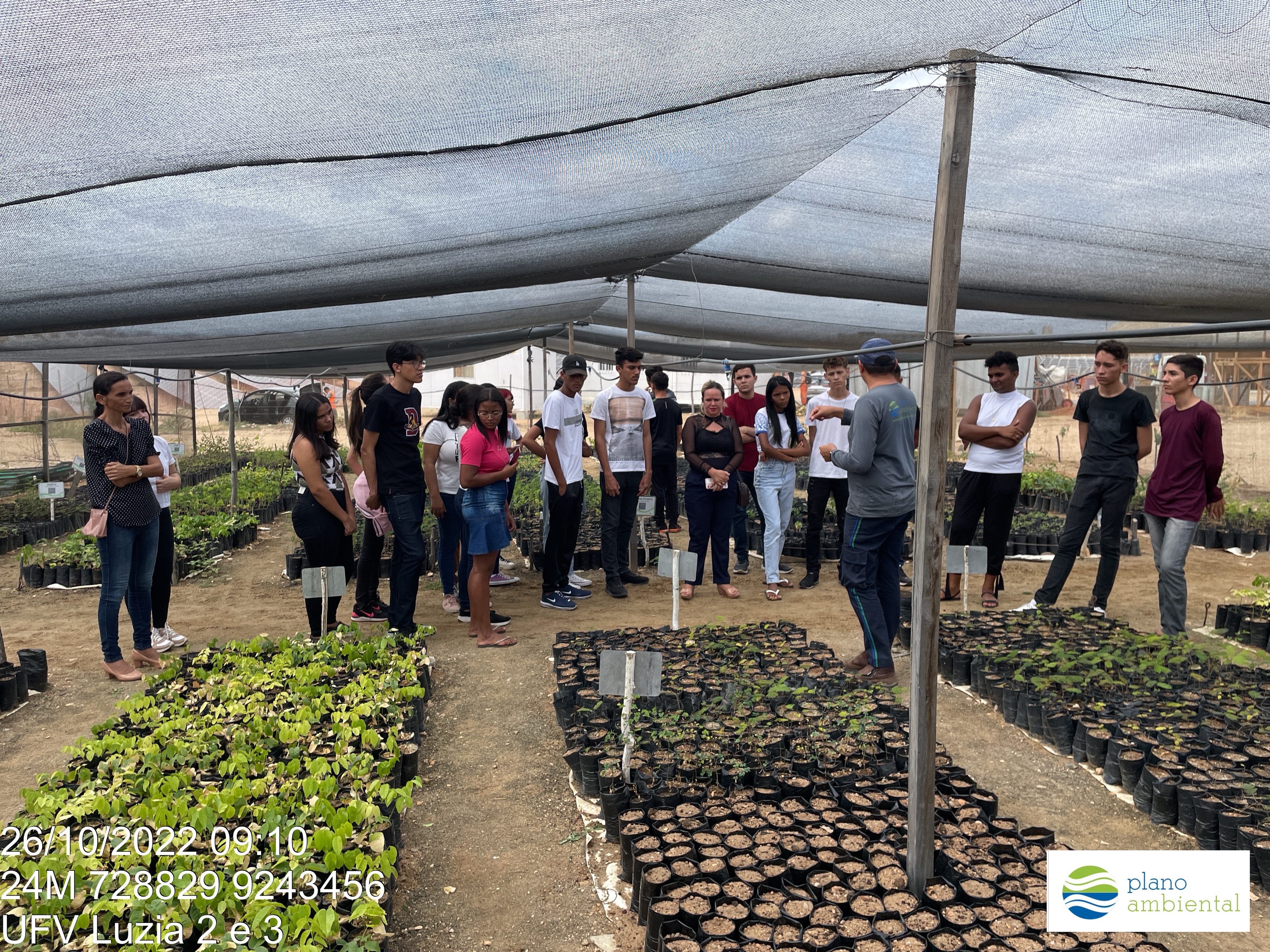
The project enabled the involvement of more than 22 public and private schools from various cities in the state of Paraíba, encompassing about 690 students from elementary, technical to higher education. Furthermore, through environmental experiences on the Ecological Trail, the Biologist and Master in Botany, Emanoel Messias Pereira Fernando — UFCG (Environmental Plan), the Biologist and Graduate Student in Business Sustainability and ESG, Vanessa Iris da Silva, and the Dr. in Ecology, Sérgio Ricardo Oliveira (Environmental Plan) developed two scientific articles on the project.
Considering the connection with the academic community of paramount importance, Neoenergia is extremely proud to announce that the articles were approved to be presented at the 73rd National Botanical Congress in Belém PA in 2023, whose main theme is: Sociocultural challenges in the relationship between man and our flora. Regarding the UN Sustainable Development Goals (SDGs), the project is committed to the values: 3-Health and well-being and 15-Earth Life.
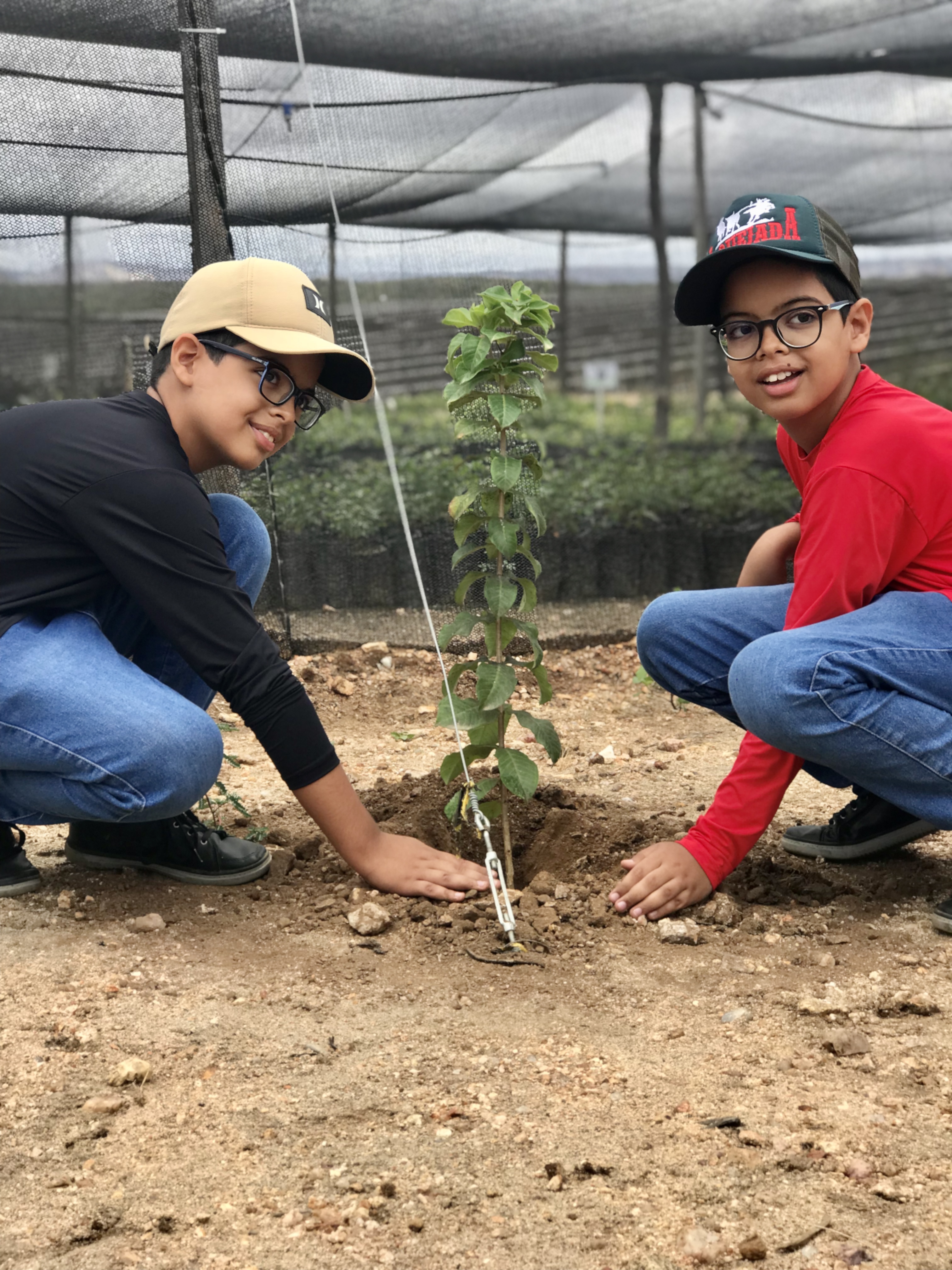
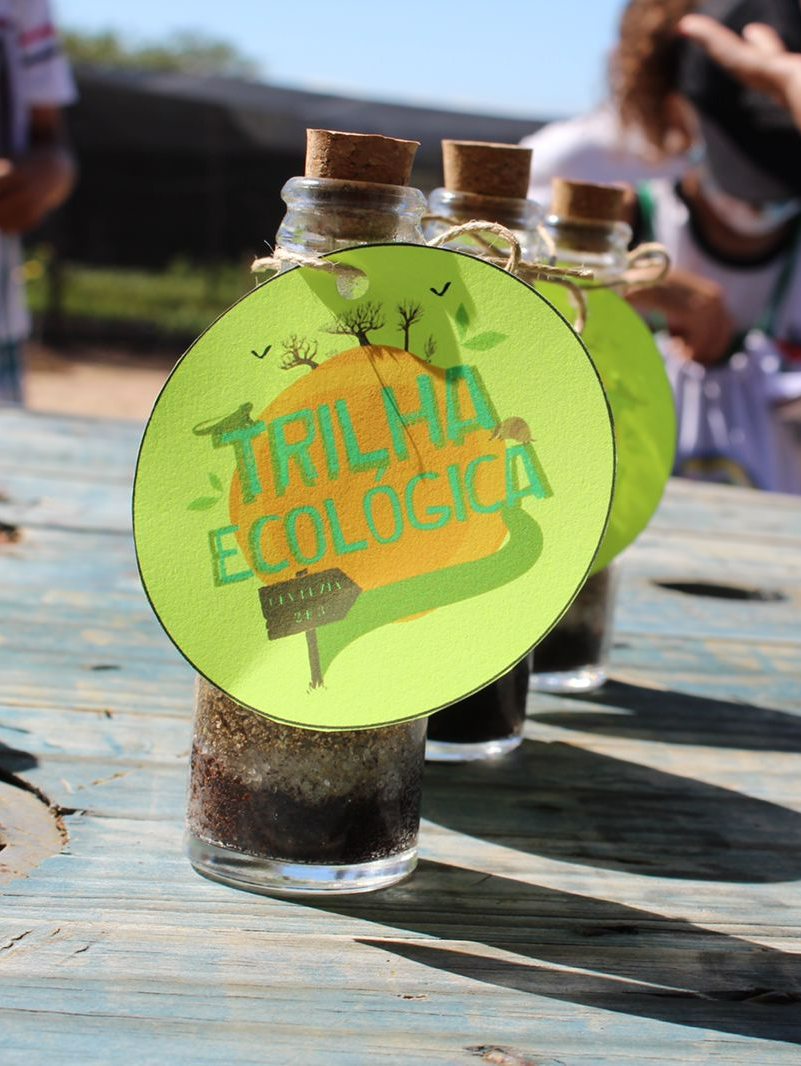
Regarding intangible heritage, specific content was presented on traditions and the preservation of activities such as the crockery of the Serra do Talhada community and the adaptation of Pereiro (a small Caatinga tree) to make Berimbau, an adaptation carried out by the Santa Luzia Petty Master to replace the tree
Birba.
As a result of the research, actions and interests of society were identified to preserve the memory, history, culture, and identity of the municipality, highlighting the relevance of these encounters.
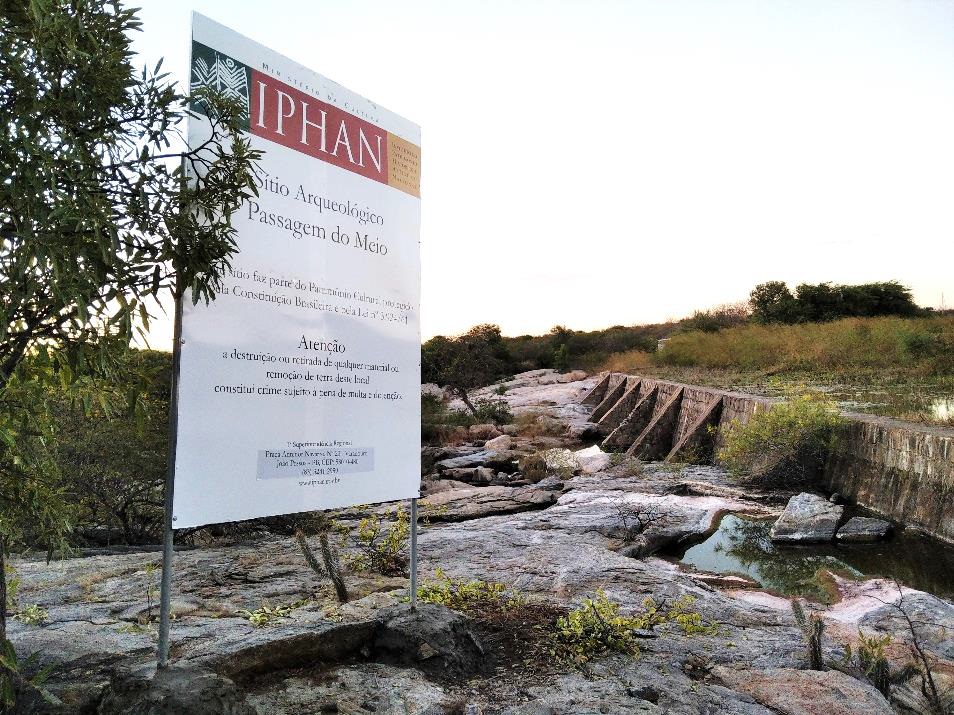
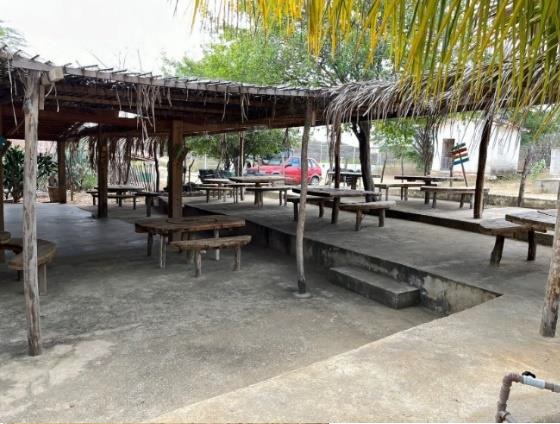
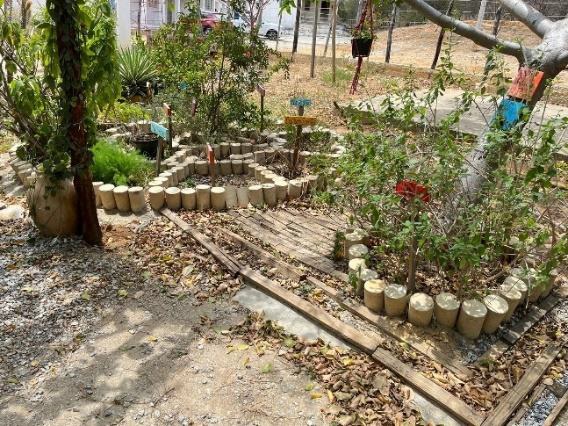
The “Hand in Hand” Project fosters connection with local entrepreneurs in order to value and promote their products and services. Among the partnerships, the craftsman Anderson Eduardo from “Art Pinga” exalts beauty and cultural richness through freehand painting on clay pieces. They are the crockery of the Serra do Talhada Urbana Quilombola Association, present in the areas of influence of the Renewable Complex. Neoenergia believes that the first step in keeping culture alive is to invest, believe in, and consume local culture
.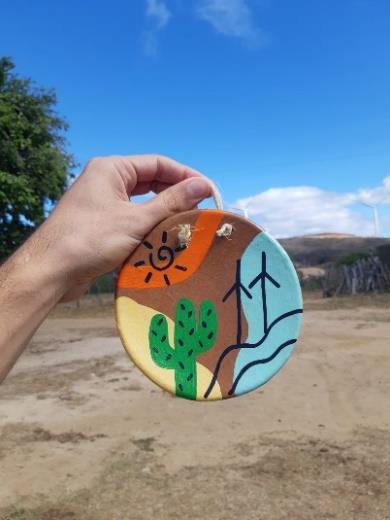
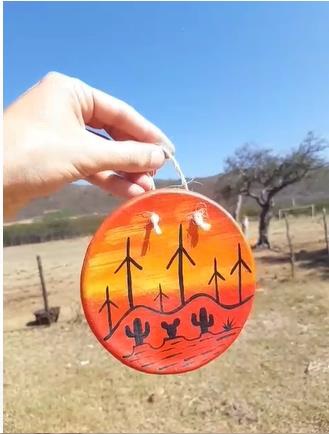
Related news
2025-12-22
Neoenergia abre inscrições para sua primeira turma da Escola de Operadores do Centro de Operações Integradas
2025-12-19
Novo filme da Neoenergia sobre Natal reforça presença da marca com clientes
2025-12-12
Prêmio Brasil Olímpico 2025: Neoenergia reforça compromisso com esporte feminino no país
2025-12-09
Prêmio Aberje 2025: Neoenergia é campeã nacional com campanha sobre segurança na rede elétrica com Carlinhos Brown
2025-12-01
